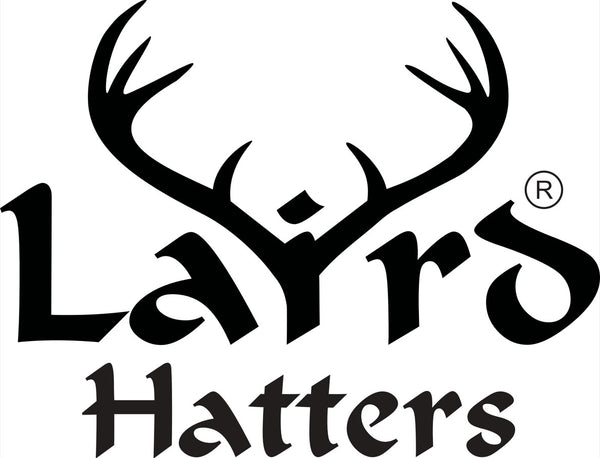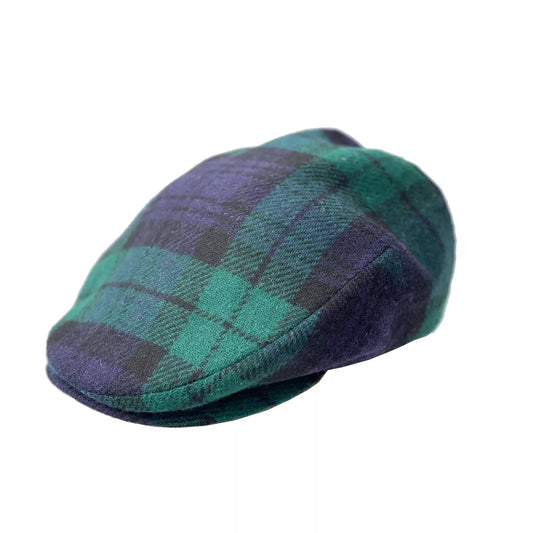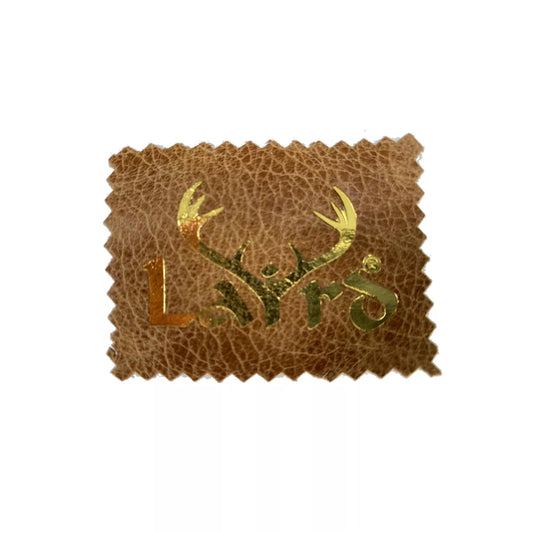-
Tartan Flat cap
常规价格 £85.00 GBP常规价格单价 / 单价
收藏: The Tartan Collection
Tartan cloth has been discovered in Scotland as far back as the 4th Century AD, and and in other countries to 3000BC, but only in Scotland is it culturally significant.
In the beginning, there was no such thing as ‘Clan Tartan’ as we might think of it today. It was simply a popular cloth, woven in local hamlets, and may have taken a local significance, but not as in the later 18th Century.
Truly, Tartan took on great significance at the battle of Culloden in 1746, after which the British government, in the Act of Proscription, banned Highlanders from wearing it to try to break up the warring Scots clans and Tartan’s association with Scottish culture.
Names seemed to be given to Tartans a little later, but we only know this thanks to William Wilson & Sons weavers of Tartan. In 1819 he released a pattern book with some 250 patterned tartans, 100 of which were named for different clans and towns, and had been catalogued from all over Scotland. Even here though, the names were more to identify different patterns than to define certain clans or regions.
The association with Clans, really came about more in the 19th century, when there was a strong movement to preserve Scottish culture, particularly by those who had moved away, and it is only then that Tartans began to define and represent different Clans and regions and particularly a strong military association (think Black Watch Tartan).
Whatever its’ genesis, we love it. As a cloth it is strong, hard wearing and very durable; the patterns are both intricate and beautiful. Their application is equally varied, from kilts and shawls, dress tartans, military and everyday work. The Tartan bonnet ( and Tam o’shanter) is made from stitched pieces of cloth, and forms a beret like cap.
We have made two pieces of very popular headwear in the form of a Bucket Hat and Flat Cap, from 6 very popular Tartans, of varied colour and pattern. These are the Antique Buchanan, Black Watch, Dress Culloden, Muted Blue Dress Stuart, Rep Dress Stuart and Royal Stuart, from a weaver dating back to 1863.


